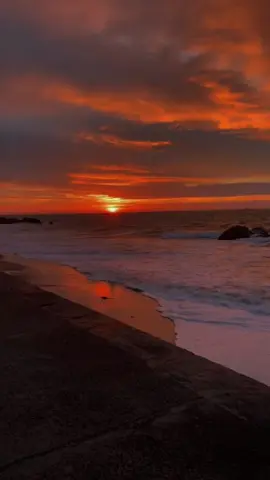Andy Glaze
Region: US
Monday 26 May 2025 11:42:31 GMT
263126
12406
115
395
Music
Download
Comments
5377 :
start singing stick season by noah Kahan and then it can't be snake season
2025-05-26 14:58:33
410
e=mcb2 :
Andy….it’s spf season 😬
2025-05-26 18:31:02
176
jeff takeover :
That sounds terrifying 😂
2025-05-26 11:48:46
188
yunggomi :
As someone from Boston who recently went on a long run in San Diego and stumbled upon a rattlesnake… can attest to it being not a fun game!
2025-05-26 19:27:38
12
AnnieJack100 :
Hahaha I stopped dead in my tracks for two sticks today. 😂
2025-05-26 23:57:53
6
Shann :
happened yesterday...nearly had a heart attack only to realize it was part of an extension cord 🤣
2025-05-26 21:05:18
0
Taylor Mock :
I transform from runner to twinkle toe ballet dancer in 0.5 seconds when I see one.
2025-05-26 13:13:02
65
AJSC :
I feel this so deeply. However, I run in the dark at 4:45 a.m. copperheads are what I have to avoid…I am missing winter runs already.
2025-05-26 22:09:34
5
Andrew :
Do the bad water 135
2025-05-30 06:39:41
0
krkr8m :
also, is it a piece of yarn or is it a scorpion
2025-05-26 20:50:18
4
Devindean123 :
Hey Andrew, Just wanted to say your content’s been a big motivator lately — it’s really inspired me to get out there and push myself. I recently hiked the TCT with a good buddy, and I’ve got Rae Lakes Loop on the calendar in a couple of weeks. Can’t even imagine running 250 miles — that’s brutal! But hey, you’ve gotta start somewhere, right?
2025-05-26 22:36:20
1
The Rattlesnake Conservancy :
Hi - we think this is the best game! 🐍
2025-06-01 02:17:50
1
trav :
I damn near tripped of an armadillo running last week lol them 4am runs in the dark let you really sneak up on the wildlife. all I heard with my headphones in was the little scratches of its feet on the road trying to get away
2025-05-26 13:59:41
19
Brittany Shipman :
Nearly stepped on a 5 foot long bull snake yesterday on my run. I thought it was a small log 😂
2025-05-26 19:05:04
0
Jodie :
This made me laugh! Love it. I also have to play, it is a bear or just a dark shadow… Gotta love Minnesota!
2025-05-28 02:04:36
3
BearsAndLabradors :
Hubby and I had this same discussion yesterday on trail. I guess the iPhone and TikTok is listening to me again. Lol
2025-05-27 00:14:31
2
Lauren Glaze :
Nope ropes 😬
2025-05-26 18:57:07
10
Jensen Bales :
Not a fun game to play 😂😂
2025-05-27 18:19:50
5
Augustineb91 :
"Mustache" season 🤣
2025-05-26 19:58:25
1
TiredButRunning :
Thanks for reminding me I ran trails yesterday not even thinking about them at all. I hate this game lol
2025-05-26 14:08:43
7
LINZ🦋• {ultra}runner :
Hahahaha! Keeps the brain engaged 😂
2025-05-26 13:32:43
4
Liam Hornby71 :
I play a variation of this game with my lady friend when we go camping.
2025-05-27 01:22:23
1
ri_14505 :
🤣🤣🤣 Pace and heart rate. Definitely give you that adrenaline to finish off 🤣 and in my race yesterday it was snake season 🫠💀
2025-05-26 15:38:17
3
cceeeee7 :
Gotta PR somehow 🙃😆
2025-05-26 21:25:03
2
kyleemarie :
if you make loud steps and plenty of noice there is a really good chance if it is a snake it will go find somewhere else. but as a rule of thumb just jump or go around them they are just trying to get warm and digest their food .
2025-05-26 21:14:44
1
To see more videos from user @glazeruns, please go to the Tikwm
homepage.





